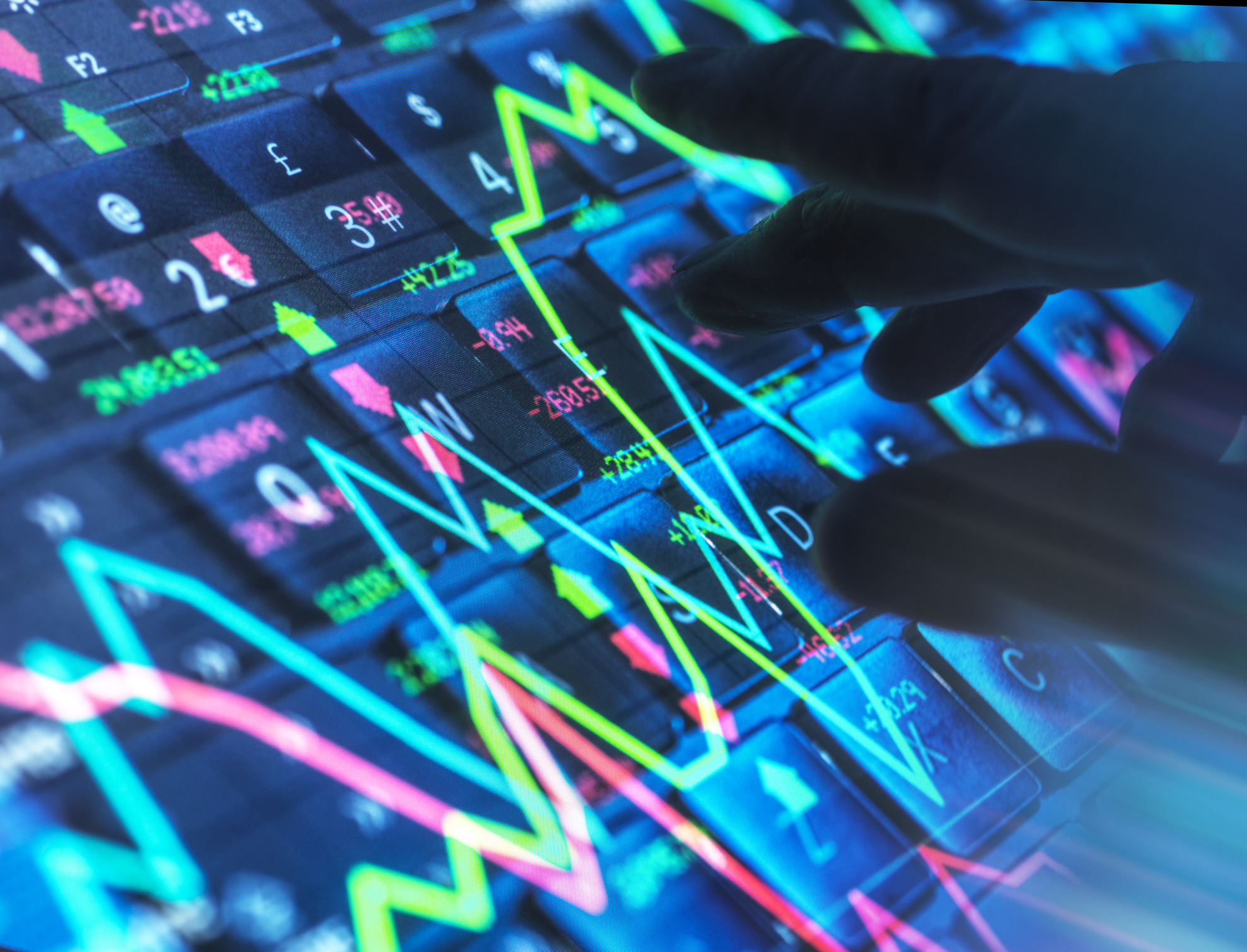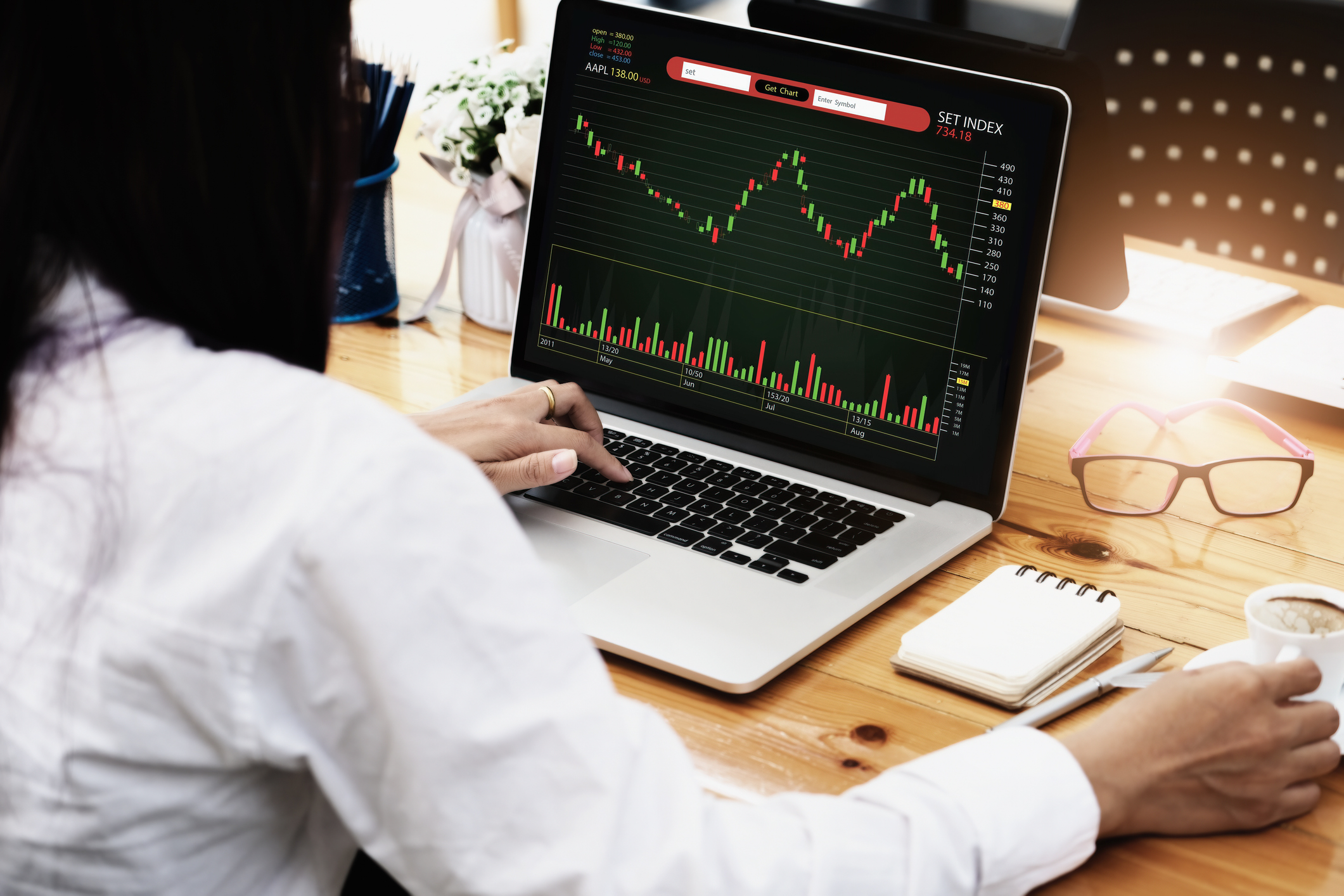Fund Returns Get Ready to Explode
Don’t be misled, especially by the torrent of ads that will tout stock funds’ five-year results. It’s all due to a quirk in the calendar.

Your stock funds’ five-year returns are getting ready to double. Why? It’s just a matter of the calendar: By December 31, the stock market’s disastrous 37% plunge in 2008 will no longer be part of funds’ five-year records.
Of course, this calendar quirk won’t put more money in your pocket. To the extent you were in stocks in 2008 or over the entire bear market, which sliced 55.3% from Standard & Poor’s 500-stock index from October 9, 2007, through March 9, 2009, you almost certainly lost money, quite possibly a lot of it.
But dropping ’08 from the five-year figures will make a lot of funds look shinier and more appealing—if you don’t look further back than the past five years. Don’t make that mistake. Please read on.
From just $107.88 $24.99 for Kiplinger Personal Finance
Become a smarter, better informed investor. Subscribe from just $107.88 $24.99, plus get up to 4 Special Issues

Sign up for Kiplinger’s Free Newsletters
Profit and prosper with the best of expert advice on investing, taxes, retirement, personal finance and more - straight to your e-mail.
Profit and prosper with the best of expert advice - straight to your e-mail.
Look at how returns can grow. At the end of August, the five-year annualized return for the S&P 500 was 7.3%. If you assume that the market will be absolutely flat from September 1 until the end of this year (an approach I borrowed from Chuck Jaffe at MarketWatch.com), the five-year return for the S&P will swell to an annualized 14.5%. The table below shows returns and projected returns for the 20 largest actively managed stock funds.)
Of course, if the market tanks between now and year’s end, the five-year numbers won’t look quite so pretty. But it’s extremely unlikely that stocks will lose anywhere near as much as they did in the last four months of 2008, when the S&P index surrendered 28.9%. And, assuming that the market doesn’t collapse in early 2014, the five-year returns will continue to swell a while longer because the S&P 500 plunged 25% from the start of 2009 until the market bottomed on March 9 of that year.
The picture is even more dramatic for foreign-stock funds. Assuming that the MSCI EAFE, which tracks mostly large-company stocks in developed nations, is flat between September 1 and the end of 2013, foreign stock funds will look even hotter. The EAFE index returned only 2.1% annualized for the five years that ended August 31. But if the index merely stays flat, the five-year annualized return will balloon to 9.6%.
Returns for emerging-markets funds will also inflate. At the end of August, the MSCI Emerging Markets index had returned an annualized 2.2% over the previous five years. If the index is unchanged for the rest of the year, the five-year annualized return will balloon to 12.9%.
I’m willing to bet that we’re about to get bombarded with ads from mutual fund companies crowing about their funds’ five-year returns.
But savvy investors shouldn’t forget what happened to funds during the cataclysmic 2007-09 bear market. In my view, you learn more about a fund from a bear market than you do from a bull market. It’s nice to own funds that beat the indexes in bull markets. But it’s much more important to own funds that hold up better than the benchmarks in down markets. And the sad fact is that precious few funds can beat the averages in both bull and bear markets. For the most part, you have to pick your poison.
With that in mind, look at the funds in the table below. It’s easy to separate the riskier funds from the safer ones. Dodge & Cox International Stock (symbol DODFX), which lost 62.3%, and Dodge & Cox Stock (DODGX), down 62.1%, top the bear-market losers. That’s a large part of the reason they’re on my avoid list. (In this matter, my views diverge from those of the editors of Kiplinger’s Personal Finance; both funds are members of the Kiplinger 25.)
I think you should be more forgiving of two other big losers among the foreign funds: Harbor International (HAINX), down 57.9%, and Oppenheimer Developing Markets A (ODMAX), off 56.3%, because they lost less than their benchmark indexes. Both are quality funds (although you may have to pay a commission to buy the Oppenheimer fund).
On the positive side, Vanguard Health Care (VGHCX) lost just 35.5%, which not only shows the defensive characteristics of this sector but also speaks well for the fund.
But the two diversified funds that held up best in the bear market, Fidelity Contrafund (FCNTX) and Vanguard Primecap (VPMCX), both off 47.8%, are the real winners here. I don’t know how Fidelity’s Will Danoff continues to put up great numbers with $97 billion in assets, but he does. Similarly, Primecap Management Company, which runs the Vanguard fund, is managing a boatload of money in the same style in several different funds, but it does so superbly.
The bottom line: Stock funds got a true stress test during the bear market. Their sponsors want you to forget those big losses. But in picking funds, this is a number to always keep in mind. Five-year returns are informative, too. But they change, sometimes dramatically, for reasons that have nothing to do with what their managers have done lately.
How 5-Year Returns Will Shift at the 20 Biggest Actively Managed Funds
| Name | Ticker | Annualized through Aug. 30 | Projected annualized return at end of 2013 | Bear market loss* |
|---|---|---|---|---|
| American Funds Growth Fund of America A | AGTHX | 6.4% | 15.0% | -51.4% |
| American Funds EuroPacific Growth A | AEPGX | 3.3% | 10.4% | -51.8% |
| Fidelity Contrafund | FCNTX | 7.8% | 15.1% | -47.8% |
| American Funds Capital World G/I A | CWGIX | 4.5% | 11.6% | -52.3% |
| American Funds Washington Mutual A | AWSHX | 7.2% | 13.6% | -53.7% |
| American Funds Investment Company of America A | AIVSX | 6.5% | 13.2% | -50.6% |
| American Funds Fundamental Investors A | ANCFX | 6.2% | 14.8% | -52.4% |
| American Funds New Perspective A | ANWPX | 6.6% | 13.7% | -50.3% |
| Fidelity Growth Company | FDGRX | 10.2% | 19.6% | -52.0% |
| Dodge & Cox Stock | DODGX | 6.8% | 16.0% | -62.1% |
| Harbor International Institutional | HAINX | 3.5% | 11.8% | -57.9% |
| Dodge & Cox International Stock | DODFX | 3.2% | 13.1% | -62.3% |
| Vanguard Windsor II Investor | VWNFX | 7.4% | 14.4% | -56.9% |
| Fidelity Low-Priced Stock | FLPSX | 10.6% | 18.8% | -53.4% |
| Oppenheimer Developing Markets A | ODMAX | 6.2% | 17.0% | -56.3% |
| T. Rowe Price Growth Stock | PRGFX | 8.6% | 18.1% | -51.5% |
| Vanguard PRIMECAP Investor | VPMCX | 7.7% | 15.6% | -47.8% |
| American Funds AMCAP A | AMCPX | 9.4% | 17.1% | -52.5% |
| BlackRock Equity Dividend Investor B | MBDVX | 5.2% | 11.6% | -50.1% |
| Vanguard Health Care Investor | VGHCX | 11.6% | 15.4% | -35.5% |
*Cumulative returns Oct. 9, 2007 through March 9, 2009.
Steven T. Goldberg is an investment adviser in the Washington, D.C. area.
Profit and prosper with the best of Kiplinger's advice on investing, taxes, retirement, personal finance and much more. Delivered daily. Enter your email in the box and click Sign Me Up.

-
 Stocks End Volatile Year on a Down Note: Stock Market Today
Stocks End Volatile Year on a Down Note: Stock Market TodayAfter nearing bear-market territory in the spring, the main market indexes closed out the year with impressive gains.
-
 How We Manage Our Finances Together: 'When You Keep Score, You Can End Up Resentful'
How We Manage Our Finances Together: 'When You Keep Score, You Can End Up Resentful'Douglas Boneparth, a certified financial planner, and his wife, Heather Boneparth, speak with Kiplinger about couples managing finances.
-
 I'm 45 and I've barely invested in the stock market. I recently inherited $50,000. What should I do?
I'm 45 and I've barely invested in the stock market. I recently inherited $50,000. What should I do?What should you do with a big inheritance? We asked a financial expert for advice.
-
 ESG Gives Russia the Cold Shoulder, Too
ESG Gives Russia the Cold Shoulder, TooESG MSCI jumped on the Russia dogpile this week, reducing the country's ESG government rating to the lowest possible level.
-
 Morningstar Fund Ratings Adopt a Stricter Curve
Morningstar Fund Ratings Adopt a Stricter Curveinvesting Morningstar is in the middle of revamping its fund analysts' methodology. Can they beat the indices?
-
 Market Timing: The Importance of Doing Nothing
Market Timing: The Importance of Doing NothingInvestor Psychology Investors, as a whole, actually earn less than the funds that they invest in. Here’s how to avoid that fate.
-
 Commission-Free Trades: A Bad Deal for Investors
Commission-Free Trades: A Bad Deal for Investorsinvesting Four of the biggest online brokers just cut their commissions to $0 per transaction. Be careful, or you could be a big loser.
-
 Vanguard Dividend Growth Reopens. Enter at Will.
Vanguard Dividend Growth Reopens. Enter at Will.investing Why you should consider investing in this terrific fund now.
-
 Health Care Stocks: Buy Them While They're Down
Health Care Stocks: Buy Them While They're Downinvesting Why this sector should outperform for years to come
-
 Buy Marijuana Stocks Now? You'd Have to Be Stoned.
Buy Marijuana Stocks Now? You'd Have to Be Stoned.stocks Don't let your investment dollars go to pot
-
 4 Valuable Lessons From the 10-Year Bull Market
4 Valuable Lessons From the 10-Year Bull MarketInvestor Psychology Anything can happen next, so you must be mentally prepared.